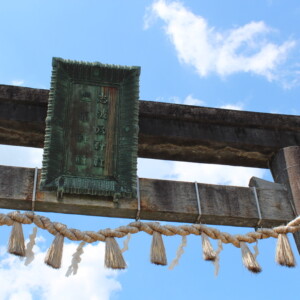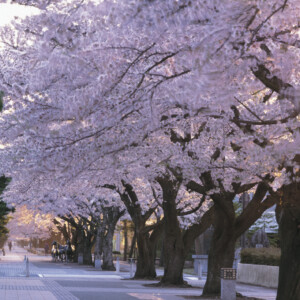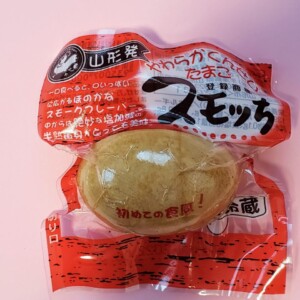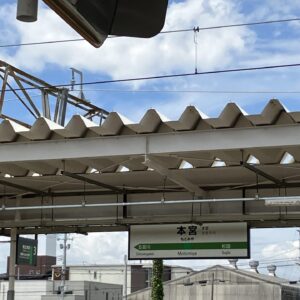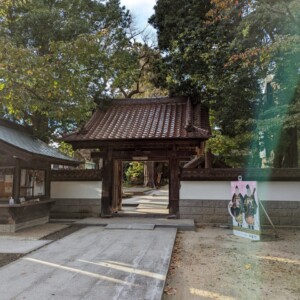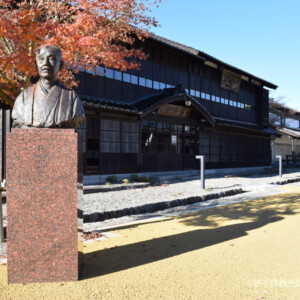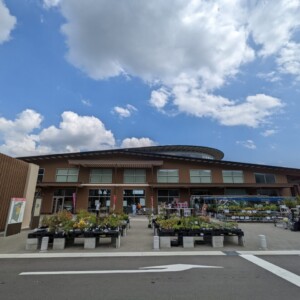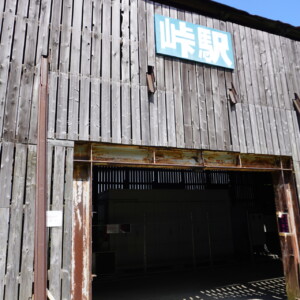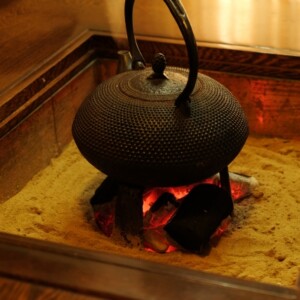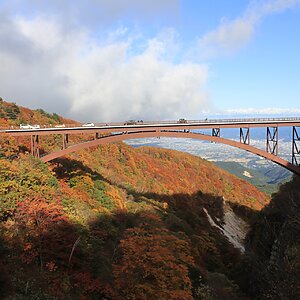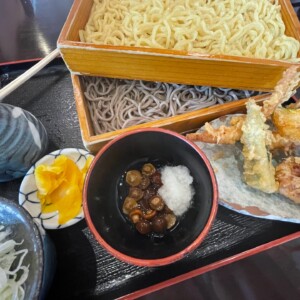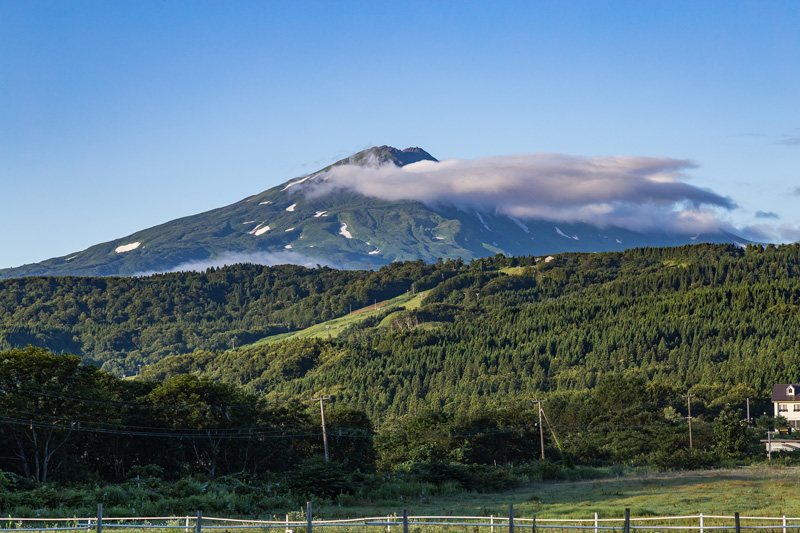
Mt. Chokai, one of Japan's top 100 scenic spots that straddles Akita and Yamagata, is a treasure chest of scenery and legends!
table of contents
Mount Chokai is one of the 100 most scenic spots in Japan, straddling Akita and Yamagata prefectures, and is a famous mountain that is also counted among the 100 most famous mountains in Japan. With an elevation of over 2,300 meters, it boasts a peak so high it reaches above the clouds.
With a lot of snow accumulating in the winter and an abundance of hot springs surrounding it, it is loved by local residents as an important source of water, a sacred mountain that must be protected, a symbol of faith, and an important mountain that provides resources and helps with rice farming. When traveling along public roads and national highways from Sakata City in Yamagata Prefecture to Nikaho City in Akita Prefecture, you should be able to see the majestic figure of Mt. Chokai capped in clouds
Mount Chokai, known as one of the symbols of Akita and Yamagata prefectures, is not only a sacred mountain and a source of water, but also a treasure trove of magnificent scenery with many different faces. We will talk about the scenery of Mount Chokai that you should not miss on your trip to Tohoku
The majestic "Dewa Fuji"! A beautiful view
is a volcano that is also known as "Dewa Fuji" because of its resemblance to Mount Fuji, the symbol of Japan
It boasts the second highest elevation in Tohoku, and near the summit there is perpetual snow (small glaciers)

The mountain path is rough with rocks, and there are many dangerous spots where you could slip and fall. There have actually been fatalities while climbing the mountain, but there is no end to the number of tourists climbing Mt. Chokai, as well as local residents. This is because the scenery and landscape that Mt. Chokai offers are magnificent
From the cloud-covered summit, you can get a panoramic view of the surrounding towns and cities, making you feel like you're looking at a diorama. On clear days, you can see even further, including Mt. Iwate, Shirakami-Sanchi, and even the Pacific Ocean in the distance
The mountain path to the summit is also filled with beautiful scenery. The contrast of colors created by the rocks, greenery, snow, and water is like a painting. What's more, the colors look different depending on the weather conditions, which makes mountains fascinating
Some mountain trails pass through the clouds. Climbers seem to get excited about the mysterious and romantic feeling of seeing the clouds that they've only ever seen from the ground floating right next to them
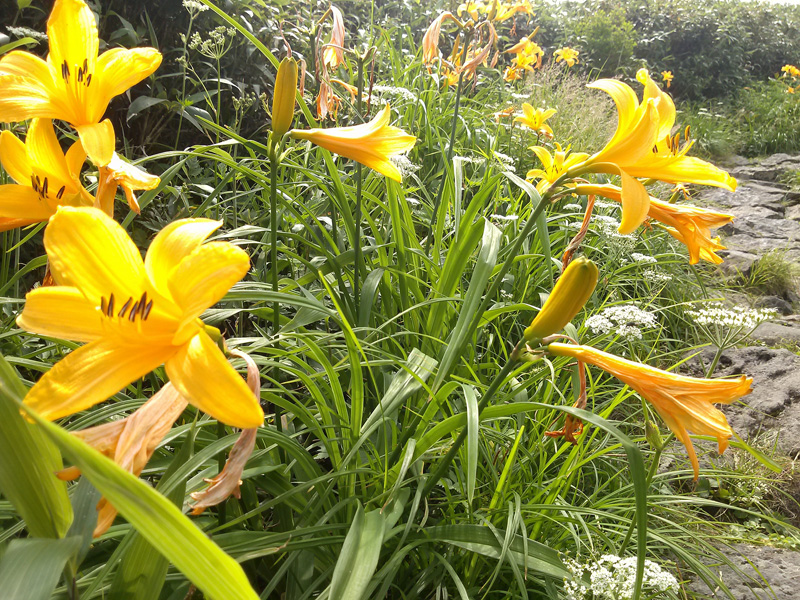
The mountain path leading to the summit is also a treasure trove of rare alpine plants, including day lilies, thistles, and bracken fern, delighting climbers
Alpine plants are extremely rare and valuable, so it is strictly forbidden to pick them or take them home. They are important plants that can be considered part of the mountain, which has long been an object of mountain worship for local residents. If you find one, you should only take a photograph of it and not keep it for yourself - this rule is true not only for Mt. Chokai but for all mountains in Japan. Mt. Chokai's nature is a treasure that has been carefully protected by people of the past and by local residents today
The God and Monster of Mount Chokai, "Tenagaashinaga"
It's not just the natural beauty of Mt. Chokai that local residents have protected. Mt. Chokai itself is an object of worship, and was a mountain of mountain worship for ascetic monks. "Omonoimi-no-kami" resides on Mt. Chokai, and that eruptions are a sign of the god's wrath.
This Omonokimi-no-kami is also a god who purifies impurities and evil, and "Tenagaashinaga" that . It's an interesting story, so let's briefly explain it so that you can learn more about Mount Chokai.
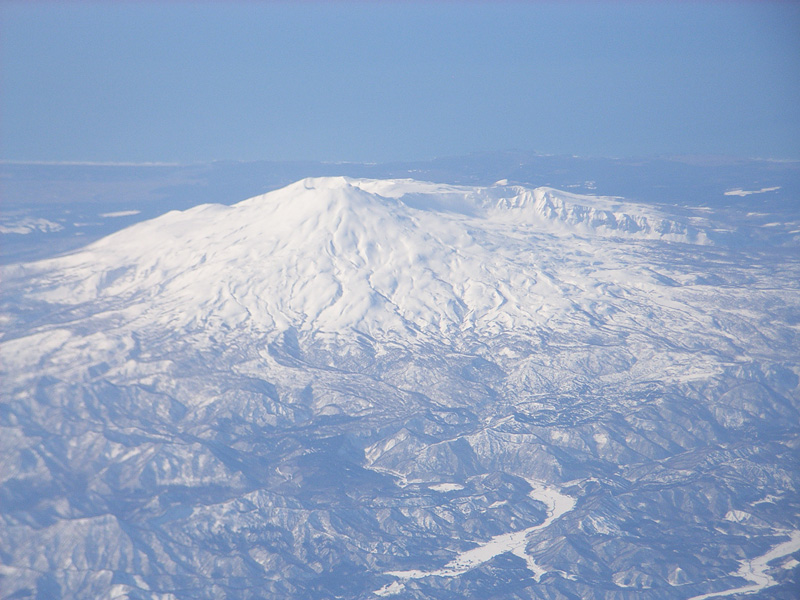
Did the mountain punish the monster?
The Tenagaashinaga monster had long limbs that reached the mountains, and was a villain who captured and ate local residents and travelers, and sank ships sailing off the coast of the Sea of Japan
Unable to bear the sight of the humans in distress, Omonokimi-no-Mikoto, the god of Mount Chokai, sent a three-legged crow to cry "Yes" on the days when Tenagaashinaga appeared, and "No" on the days when he did not appear
However, the evil deeds of the long-armed and long-legged crow knew no bounds. Eventually, Mt. Chokai punished the evil spirit by erupting. Because the three-legged crow cried "Ari ya" and "Nu ya" at the command of the gods, Misaki Pass at the foot of Mt. Chokai is nicknamed "Uyamuya no Seki" (Barrier between Ariyama and Muya)
What do you think? Isn't this a dynamic demon-slaying feat that only a volcano god could pull off?
Omonokimi Shrine Warabiokaguchinomiya in Yuza Town, which enshrines this deity, is also known as the location where the live-action version of the classic manga "Rurouni Kenshin" was filmed. If you follow the scenery of Mount Chokai, a sacred mountain that straddles Akita and Yamagata prefectures, you will come across the filming locations of popular movies.
lastly
Mount Chokai is a sacred mountain located on the border between Akita and Yamagata prefectures. As well as being a rich source of water, its majestic appearance at over 2,000 meters above sea level has long inspired local residents with a sense of awe and sometimes sanctity. Mount Chokai is also present in everyday life, from rice cultivation to the scenery. To the local residents, it remains a beloved mountain to this day
In recent years, Mt. Chokai has been attracting attention not only for its beautiful scenery, but also because a famous movie was shot at the shrine dedicated to the god of Mt. Chokai. If you want to see the scenery of Mt. Chokai, we recommend traveling to Yamagata and Akita prefectures. Be sure to see this beautiful sight, also known as Dewa Fuji!
Mount Chokai <Information>
- Name: Mount Chokai
- Address: Fukiura, Yuza-machi, Akumi-gun, Yamagata Prefecture, 999-8521


![[Chokaisan and Tobishima Geopark: Yusa and Sakata Edition] Shonai Hirano is moist with the blessings of Mt. Chokaisan b5339749745ac9c7a01a8bb8dc81755e](https://jp.neft.asia/wp-content/uploads/2023/05/b5339749745ac9c7a01a8bb8dc81755e-150x150.jpg)
![[Chokaisan and Tobishima Geopark: Yurihonjo Edition] A strata from when Japan was the Eurasian continent can be seen B5C46A18BC0CC0CC0E9AD08084EAA5B](https://jp.neft.asia/wp-content/uploads/2024/04/b5c46a18bc0cc79de0e9ad08084eaa5b-150x150.jpg)
![[Chokaisan and Tobishima Geopark: Nikaho Edition (2)] Coexistence with nature brought about by the wisdom of our ancestors 1 Nikaho Plateau 2000 Nikaho City Cultural Property Protection Division](https://jp.neft.asia/wp-content/uploads/2024/10/28389310d744abdc1b4ca5d863e123e7-150x150.jpg)
![[Chokaisan and Tokishima Geopark: Tokishima Edition] Tokishima flourished in Kitamae Ship during the Edo period b78c09f26796b9608d6c3fb7a83ecc50](https://jp.neft.asia/wp-content/uploads/2023/05/b78c09f26796b9608d6c3fb7a83ecc50-150x150.jpg)
![[Chokaisan and Tobishima Geopark: Nikaho Edition (1)] Kujukushima, which is known alongside Matsushima, was landed in a major earthquake. 1999 Island Winter 1_Nikaho City Tourism Division](https://jp.neft.asia/wp-content/uploads/2024/10/9832b69b3165ff52241c17ad3f8bf591-150x150.jpg)
![The historical heritage of Yurihonjo City, which was established by three domains during the Edo period [Akita Prefecture] Tensagi Castle, a theme park that collects the history of the former Kameda domain ©Tabi Tohoku](https://jp.neft.asia/wp-content/uploads/2024/07/78f1019a234bb8928a04b0041a2a581d-150x150.jpg)
![The Wooden Toys Museum is making use of the entire abandoned school! Access by toy train [Yurihonjo, Akita Prefecture] 02 Chokaisan Wooden Toy Museum](https://jp.neft.asia/wp-content/uploads/2018/11/cce286efc423e9c7e7b7514902aaaac3-150x150.jpg)

